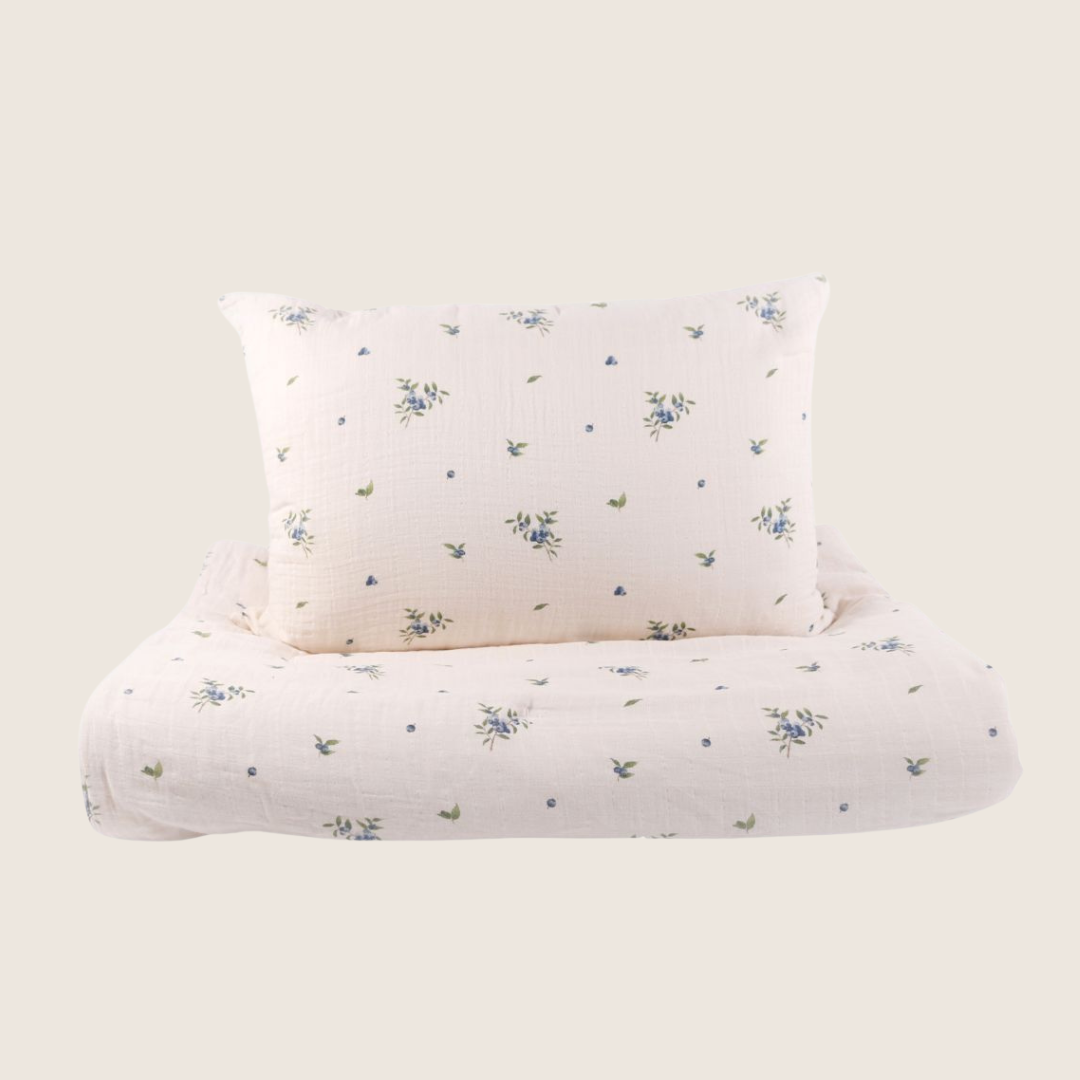OUR illustrations
Find out more about the story behind our illustrated species.

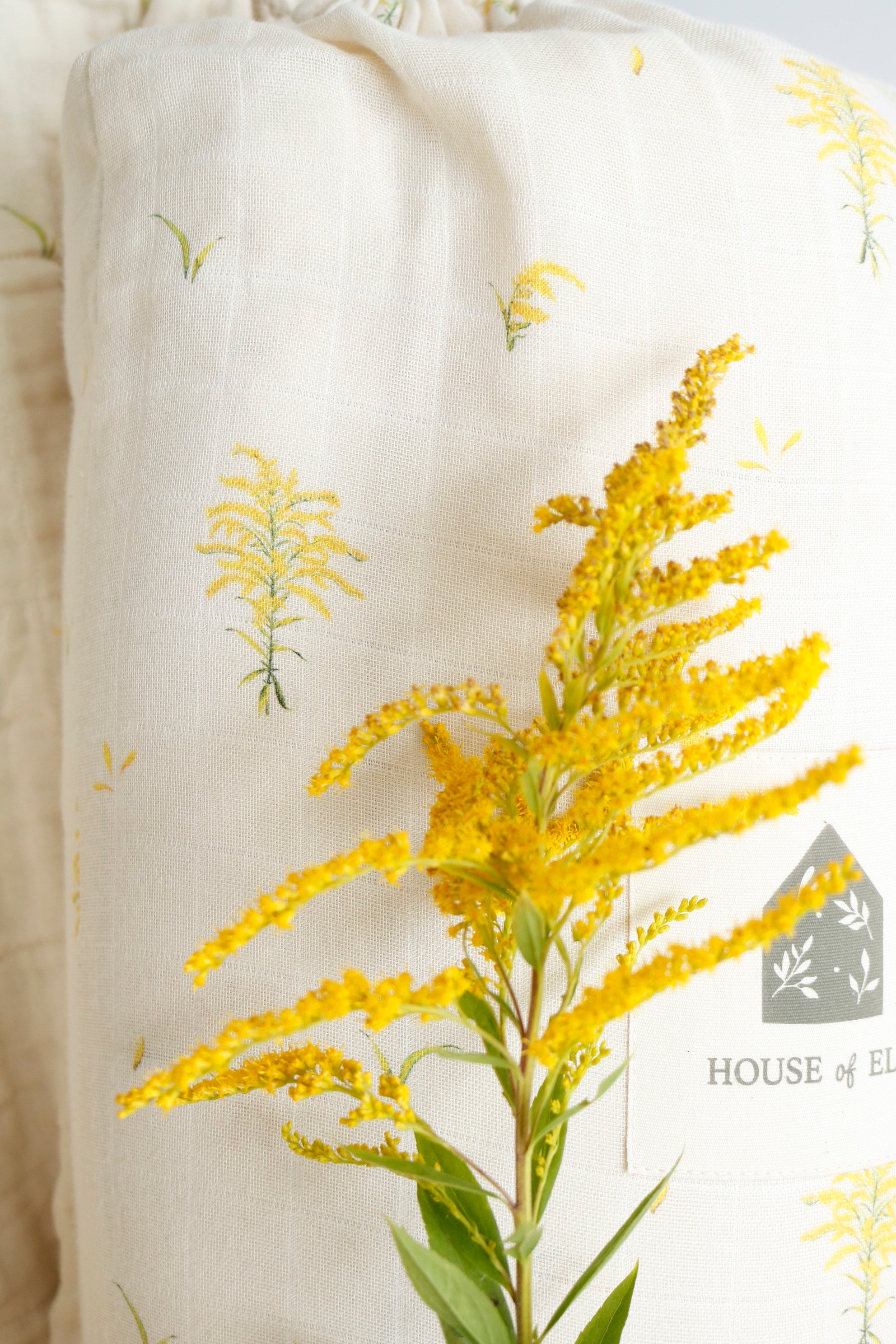
my mother
When I started Houseof Elia, I wanted my mother to be involved in her own way. This love and fascination for nature comes from her. She taught my brothers and me how to make herbariums, and the virtues of the plants growing in the woodland behind our house.
So she helped me select the plants that would make up my first collection, and wrote lovely, educational texts introducing each species.
You can find her texts on our website and I encourage you to read them to your children 🤍.

BLUEBERRY
The blueberry is a small, tasty fruit that owes its name to its pretty blue color. It is found in the wild or it can be cultivated. Quite common in North America and Europe, it is a member of the Ericaceae family, like the cranberry.
In the wild, it can be found in large areas of poor, sandy soil, or in very humid places such as peat bogs. It is not demanding but needs space and sun. It can grow up North where it colonizes large areas after fires or logging. Some blueberry bushes can live up to 100 years in suitable habitats.
In the spring, blueberry plants are filled with little white bells that grow in clusters and turn into fruits. These small, round, bluish fruits are harvested in late summer. Bears are also very fond of them and can eat large quantities.
Blueberries are very good for your health. Because it is very sweet and nutritious, it gives a lot of energy to animals and people eating blueberries. It is good for vision and digestion. It is also full of vitamins and antioxidants that protect us from many diseases.
The First Peoples of North America have long cooked blueberries in many ways: in bannock, a Native American bread baked over an open fire, and in pemmican, a dish made with meat, fat, and wild berries, including blueberries. Pemmican is a food that provides a lot of energy. As it is a dried food, it can be kept for a long time, without the need of a refrigerator. It is very useful when you go on long trips in the forest or hiking.
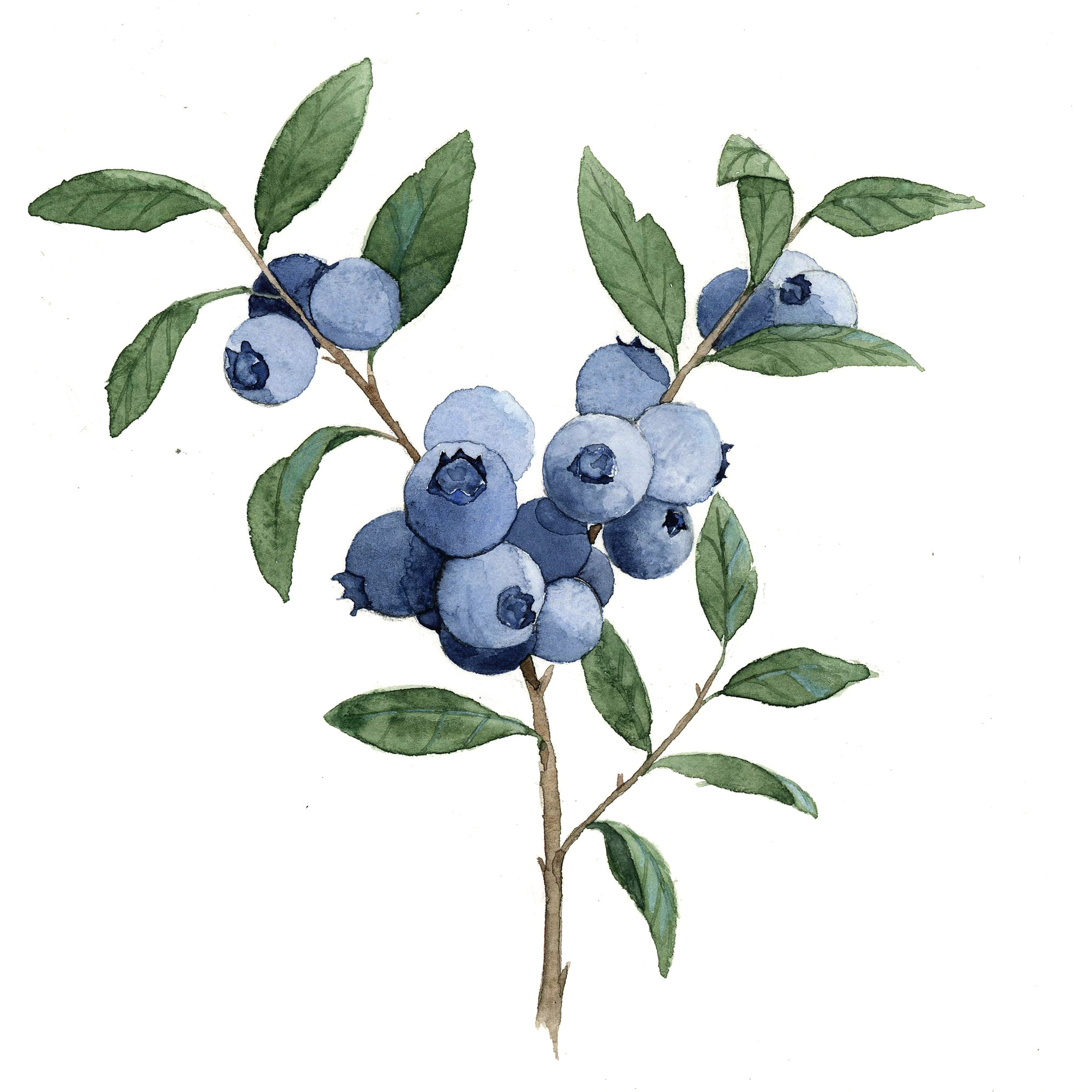
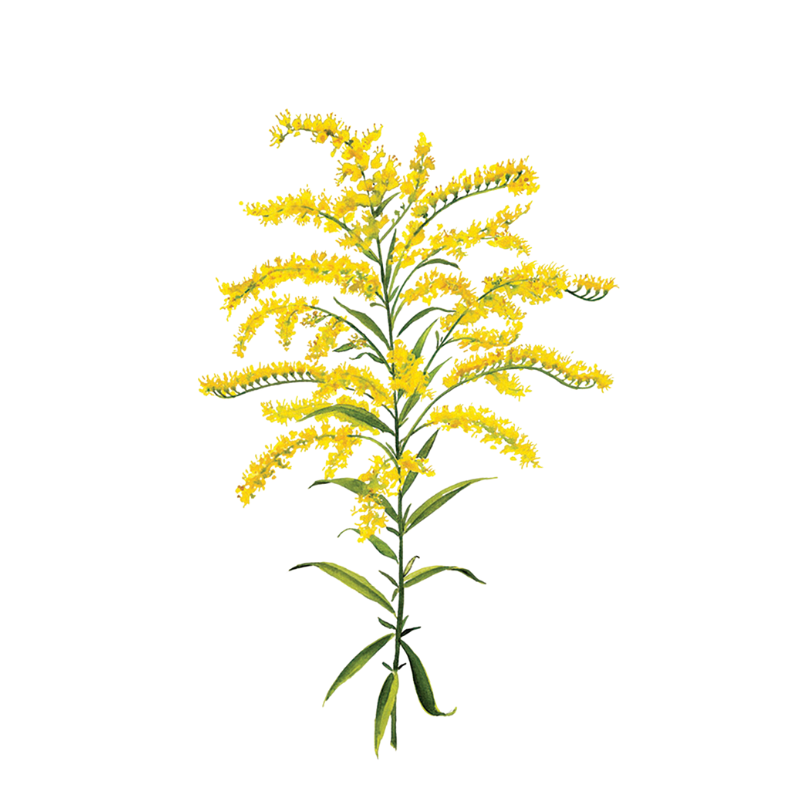
THE GOLDENROD
The Goldenrod is a beautiful golden yellow flower that grows in fields and roadsides from July to September. Its presence announces the autumn. It belongs to the Asteraceae family, many of whose flowers look like small stars. It likes light and heat. It settles in open spaces without trees. The goldenrod produces a lot of seeds which grow when falling on the ground and form big golden colonies. These colonies also grow thanks to rhizomes, underground stems. The plants are perennial, they grow back every year, and some colonies can live for nearly a hundred years.
Goldenrod is usually one meter tall, but it can grow taller and reach over 2 meters! It is a very useful plant for humans and animals. The bees like very much to forage its flowers to produce a golden honey which has a very good taste. With the flowers and the stems, you can also dye wool or clothes with a beautiful bright yellow color. It is useful to treat people: it is used in infusion, a kind of tea, to treat colds and other respiratory ailments. It helps to cure various problems related to digestion. It is also used as food for cattle and horses.
It grows in North America, from Mexico to Alaska, but also in Europe and Japan where it was introduced as an ornamental plant, because it is a pretty flower. As it grows easily, some people find it a bit invasive as it tends to take the place of other local species. However, we must not forget all the services that these pretty golden bouquets provide!
OSTRICH FERN
The ostrich fern is a beautiful and gracious fern that owes its name to its long ostrich feather-like leaves that can grow from 1 to 2 meters high.
In the spring, when walking along the banks of a stream or a small river, one can sometimes see a strange plant emerging from the ground with pretty green leaves all curled up that look like the tip of a musical instrument, the violin. These young fern leaves are also called fiddleheads. Then, with the sun and warmth of spring, these leaves quickly unfurl and become a beautiful fern that grows in a crown-like pattern on the ground. It does not like to grow alone because it prefers to live as a large family called a colony.
This fern needs a lot of moisture and some shade to grow; it likes to grow with its feet in the water and out of the sun. When the snow melts in spring, it has everything it needs to grow. It also likes rich soil and moist forests.
First Nations in Canada and the northeastern United States used to harvest fiddleheads in the spring and cook them for food. Today, fiddleheads are still harvested in April or early May, as they are delicious and full of vitamins. They have a delicate taste reminiscent of asparagus or green beans. At springtime, we wait impatiently for them to come out of the ground, as they are one of the first wild vegetables we can eat, just after the snow melts. But we must make sure to harvest few young leaves on each plant, to protect these ferns and allow them to survive. This way, the next generations will also have the pleasure of enjoying them for a long time!
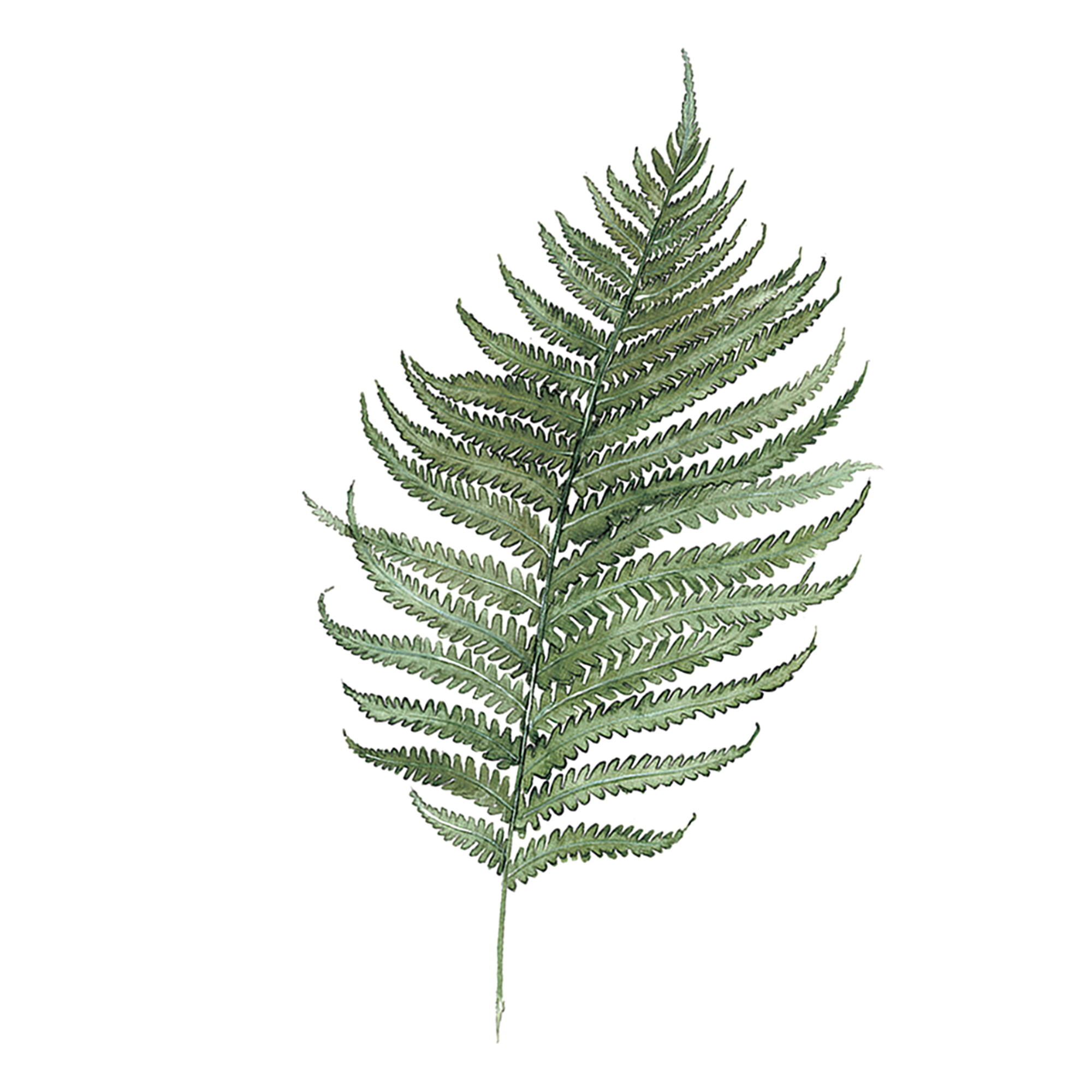

our illustrations




